Assam Primary Education Act of 1926 | Notes | Essay |
In this title, You will know about the content of:
- Assam Primary Education Act of1926.
Total Literacy Campaign (TLC).
Sarva Shiksha Abhiyan (SSA).
District Primary Education Programme.
- Constitutional Provision on Universalization of Primary Education.
1. In which year the first Assam Primary Education was passed ?
Ans: In the year of 1926.
2. The first Compulsory Primary Education Act of Assam was passed in the year of ___________ . (Fill in the blank).
Ans: 1926.
3. What are the provisions of Assam Primary Education Act of 1926 ?
Ans: Assam Primary Education Act introducing compulsion was passed in 1926. It was the latest in passing an act of compulsion with the help of a group of Assam representatives in the council with leaders like- Nabin Chandra Bordoloi.
The major provisions of Assam Primary Education Act of 1926 are mentioned below:
(i) The Act extends to the whole of Assam.
(ii) The local Authority may enforce compulsion to the whole or any part of its area by a majority of two-third of the members present.
(iii) Compulsion should be for all children between the age group of 6-11 years.
(iv) No tuition fees shall be charged by the Local Authority from any pupil of recognised school maintained or aided.
(v) The Local Authority shall submit the resolution for consideration its objectives and modifications if any to the Government.
(vi) The Local Authority shall inform the government for its existing expenditure in making primary education compulsory and the manner in which the cost was to be met.
(vii) The Local Authority shall levy an educational cess in order to meet with one-third of the additional cost.
(viii) The government shall provided two-third of the additional cost of education to the Local Authorities.
(ix) If a Local Authority fails to submit the scheme within a reasonable time, the government may call upon or make rules by notifications.
(x) Education Committee recommended that necessary books and materials should be provided by the Local Authority to the poor children free of cost.
(xi) The Local Authority and the Education Committee concerned shall be responsible for enforcement of the provisions of the Act.
(xii) One of the another major provision was that the Local Authority and the Education Committee shall also remain responsible for school accommodation, equipment and appointment of educational staff on approval of the D.P.I.
4. Write short note on 'Total Literacy Campaign' (TLC).
Ans: Total Literacy Programme is one of the significant component of Universalization of Primary Education. This campaign was basically a literacy drive for people’s movement from its grassroot level. The main approach ‘Each one teach one’ was made on the voluntary basis to remove illiteracy from the society with a short time period in this campaign. Total Literacy Campaign was initiated in 1989 in order to involve community people to spread literacy on the voluntary basis. It was expected to ensure education for all by the ends of the 20th century. Such programmes like- ‘Janajagaran Prasesta’, ‘Kerala Shastra Sahitya Parishad’, and ‘Bharat Jana Vigyan Jatra’.
Main Features of Total Literacy Campaign:
The main features of this campaign were:
(i) Time Bounded:
The whole programme was time bounded, which usually took three month campaign, followed by 5 to 6 months training.
(ii) Each one teach one approach:
Teaching was done on ‘Each one teach one’ basis. Time and venue were decided by the voluntary and the learners.
(iii) Involvement of Students:
Involvement of the university students, college and school students ware as volunteers for the drive.
(iv) Appointment of Volunteers:
This campaign was appointed on an average one volunteer for ten illiterate was entrusted.
5. Mention four objectives of 'Total Literacy Campaign'.
The main objectives of Total Literacy Campaign are:
(i) To identify the illiterate and proceed to teach:
The main objectives was to identify the illiterate and procced to teach him or her for a total of 40 hours to give the minimum literacy skill by each volunteer.
(ii) To provide special training for modification:
Training camps were organised to give special training to volunteers for modification was another objective of Total Literacy Campaign.
(iii) Development of skill and training:
It was also aimed at training and development of their skills for the involvement of the university students, college and school students as volunteers for the drive.
(iv) Organization of different committees:
The another objective was to organize committees at all levels- district, block and village to make an effective centre for the training campaign.
6. What is Sarva Shiksha Abhiyan?
Ans: Sarva Shiksha Abhiyan is a programme for universal elementary education with a clear timeframe to develop quality education all over the country to ensure for promoting social justice.
7. What are the two aspects of ‘Sarva Shiksha Abhiyan (SSA) ?
Ans: The two aspects of ‘Sarva Shiksha Abhiyan’ ARE :
(a) To provide a wide convergent framework for implementation of Elementary Education schemes.
(b) To provide budget provision of strengthening vital areas to achieve Universalization of Primary Education.
8. Enumerated the aims and Objectives of Sarva Shiksha Abhiyan (SSA).
On the expiry of the time limit of DPEP a follow-up programme was undertaken in a big way in 2002, known as Sarva Shiksha Abhiyan (SSA) . It stands for development of quality, quantity, equality and establishment of social justice. A major principles of this mission was to make all the agencies , associations and organizations on the national, state and at the local self-government as equal partners for the spread of primary education. Its time limit was also expired by 2010.
Aims of Sarva Shiksha Abhiyan:
(i) The aims of this program was to provide useful and relevant education to all children of the age of 6 to 14 years within 2010.
(ii) Another aims was to removing the social, regional and sex-differences through active participation of the community people in school management.
Objectives of Sarva Shiksha Abhiyan:
(i) All children in school will be covered by the year of 2013.
(ii) All children will complete five years of primary education by 2007.
(iii) All children will complete eight years of elementary education in school by 2010.
(iv) Attention will be focussed on satisfactory quality of education for life.
(v) Social and sex discrimination in primary and elementary education will be removed by the year of 2010.
(vi) Universal retention of children in school will be made possible by 2010.
9. What are the role of SSA in the Universalization of Elementary or Primary Education ?
Ans: The role of SSA in the Universalization of Primary Education are mentioned below:
(i) To involve the community people at all levels in making the mission a people’s movement.
(ii) To develop the spirit of partnership of the Central, State and Local administration in regard to primary education.
(iii) To gives priority to education of the poorer, unprivileged and downtrodden sections of people in order to bring them to the mainstream of educational development.
(iv) To gives special emphasis to education of women, SC, ST, physically and mentally handicapped and the people living below the poverty line.
(v) To provide equal importance to development of quality as well as quantity of our primary education.
(vi) To encourage modern child centric methods of teaching such as joyful learning, learning through observation and innovation.
10. Short Note on ‘District Primary Education Programme’.
Ans: District Primary Education Programme (DPEP) was under by the Human Resource Development Ministry of the Central Government which was formulated in the year of 1994 through financial assistance of World Bank. The aims of this programme was to improve primary education in the backward regions of certain states on a selective basis within the time frame. This programme has mainly covered the illiterate women and backward classes of SC, ST, people of the state of Assam, Haryana, Karnataka, Kerela, Maharashtra and Tamil Nadu, Madhya Pradesh and Orissa. In later it had covered 273 district spreads over 18 states.
Objectives of District Primary Education Programme :
(i) To provide access to all children of primary education from class-I to Class V.
(ii) To increase enrolment of the students in schools and reduce dropout rates up to 10% .
(iii) To increase learning achievement of primary education up to 25% .
(iv) To reduce gender gaps and differences in social group to less than 5% .
11. Short note on ‘Constitutional Provision on Universalization of Primary Education’.
Ans: India is a Sovereign Democratic Republic Country and it has its own Constitution. After the independence of India, the Constitution of India have taken necessary steps for Universalization of Primary Education which are summarily presented below:
(i) Article- 15 under the Fundamental Rights had provided that ‘the state shall not discriminate against any citizen on ground only on religion, race, caste, sex or place of birth’.
(ii) Article- 21A states that ‘the State shall provide free and compulsory education to all children of the age group 6-14 years’.
(iii) Article- 45 under the Directive Principles of State Policies have provided that ‘the State shall endeavour to provide Early Childhood Care and Education for all children until they complete the age of 6 years’.
(iv) Article-350 reads ‘It shall endeavour of the state to provide adequate facilities for instruction in the Mother –Tongue at primary stage of education to children belonging to linguistics minority group’.
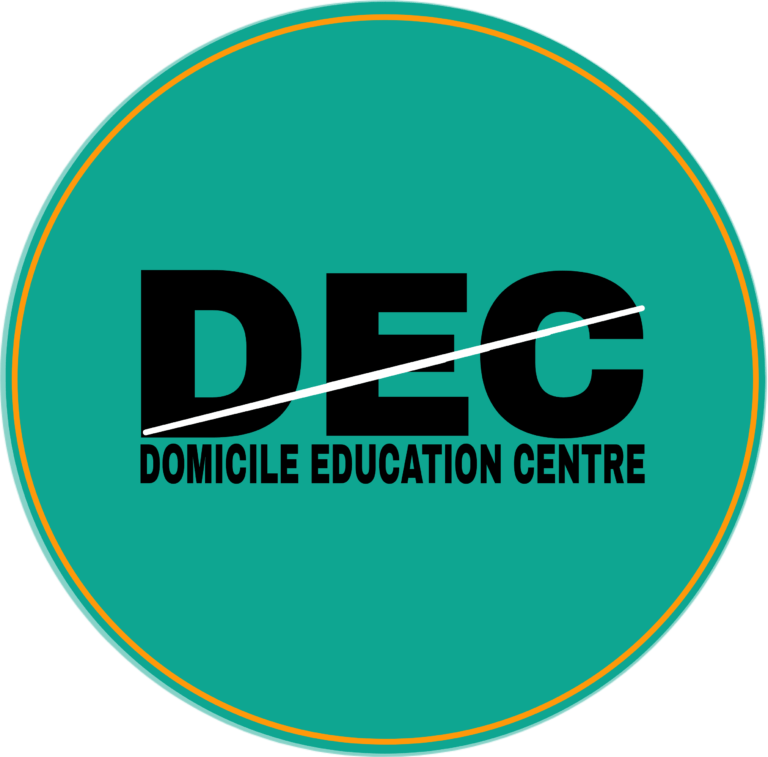

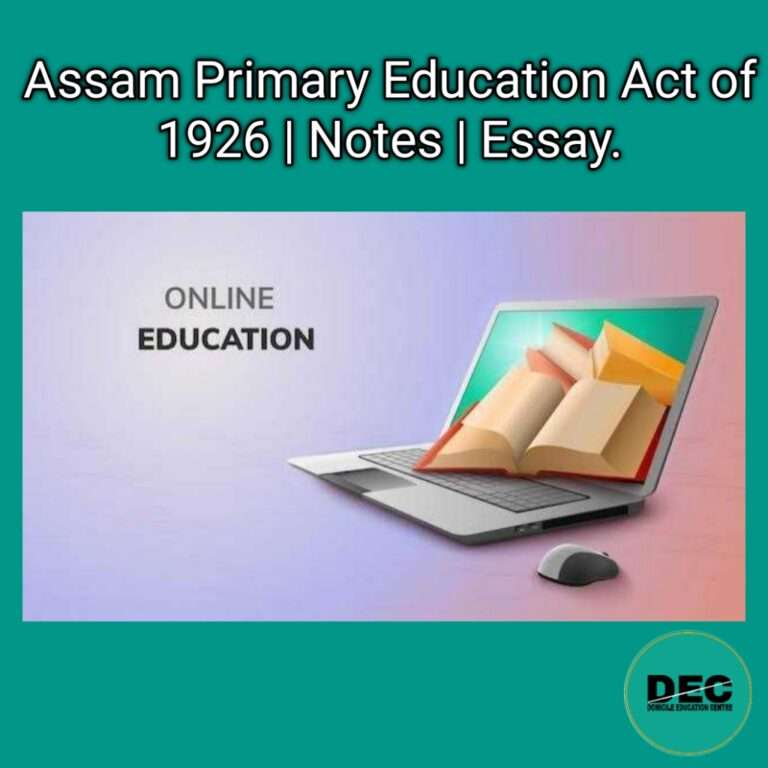
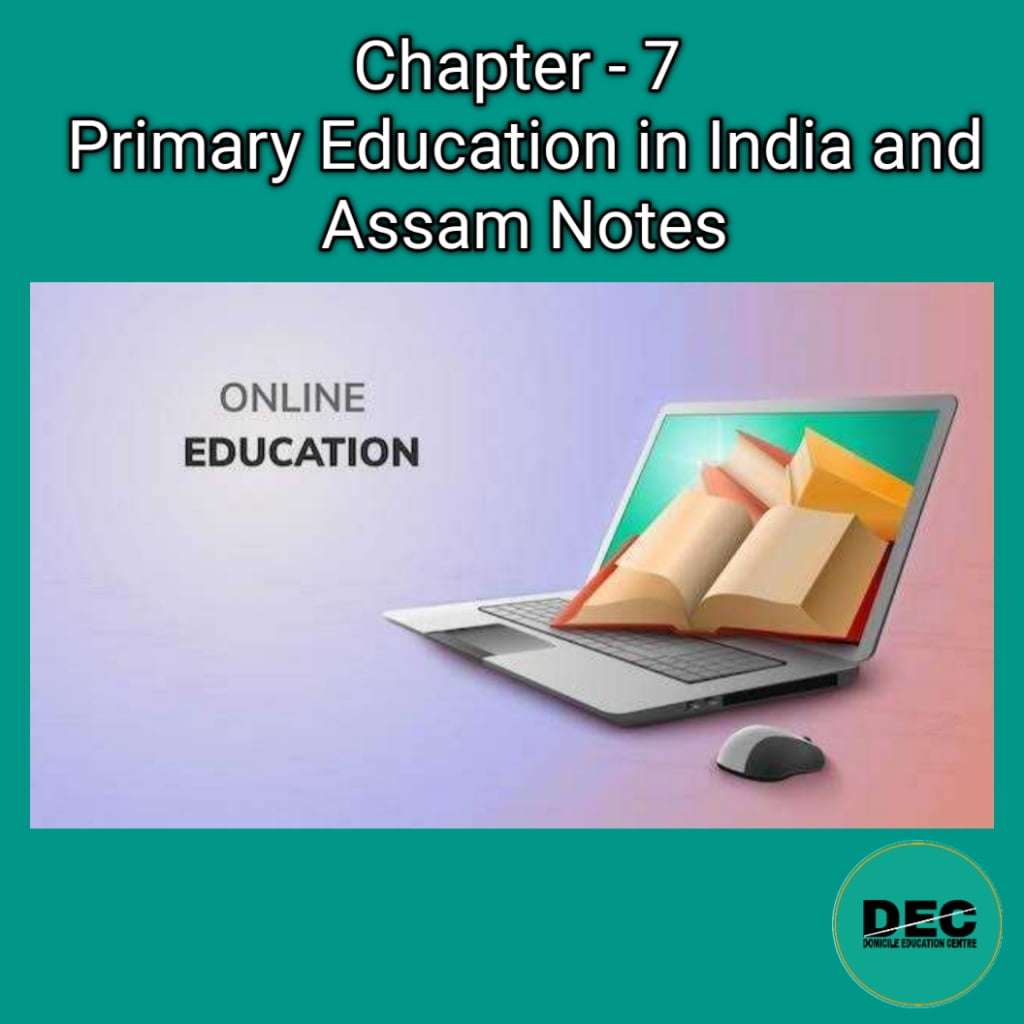
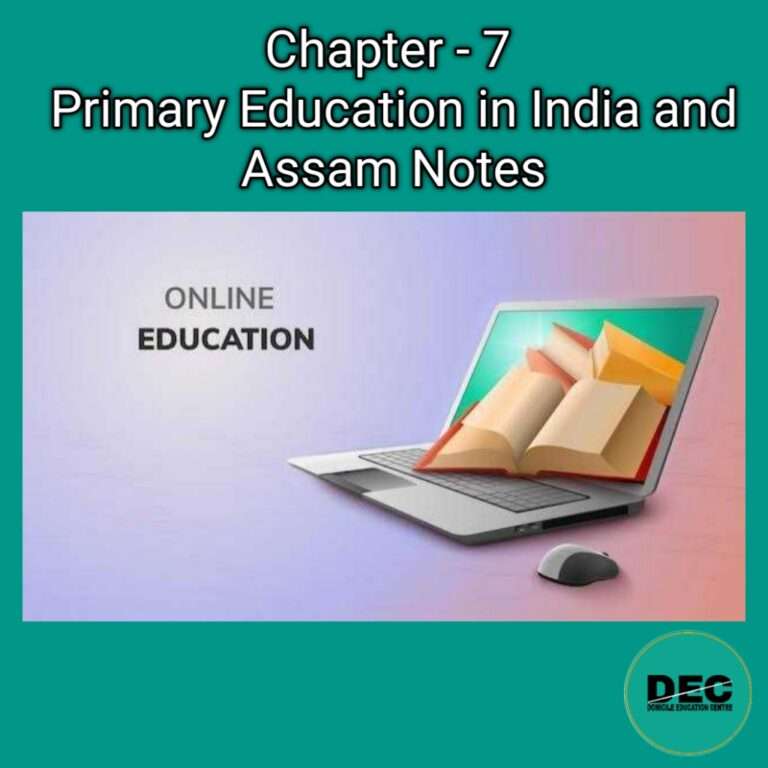
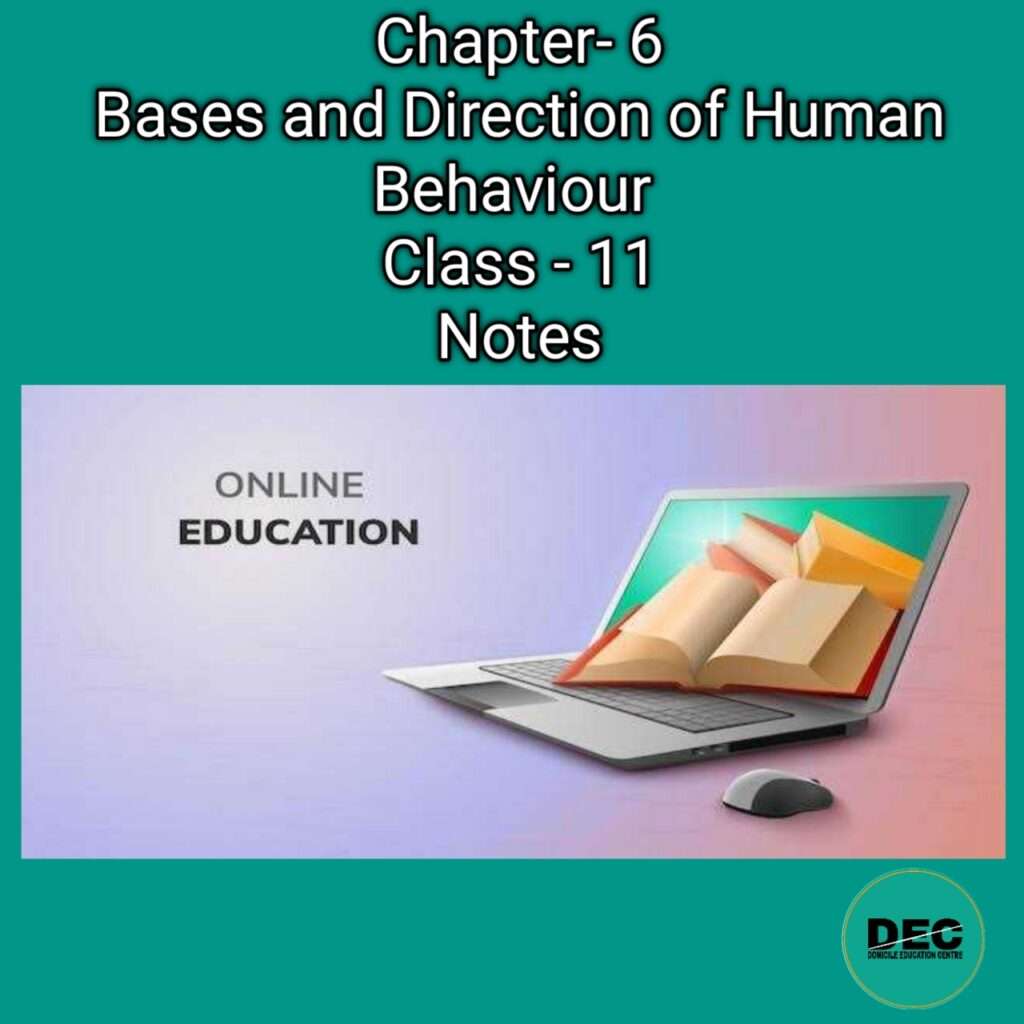



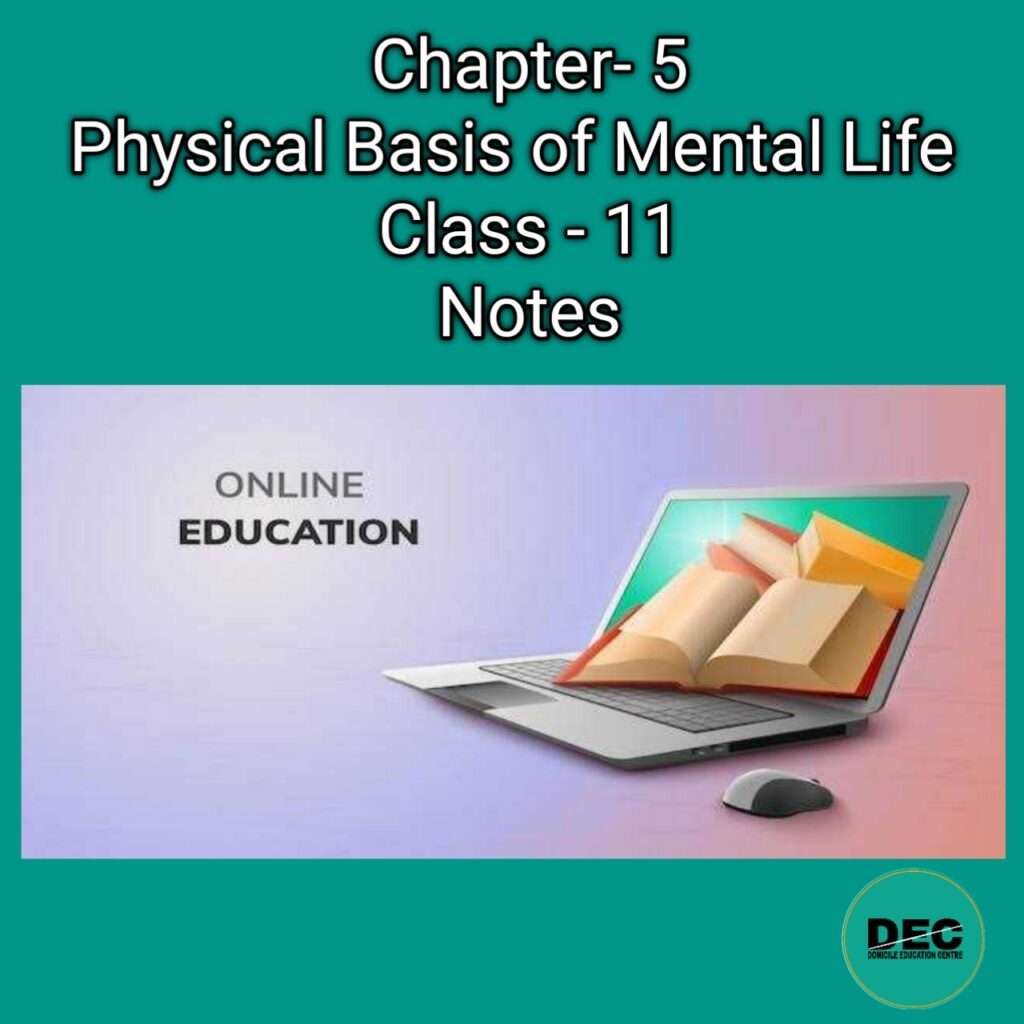
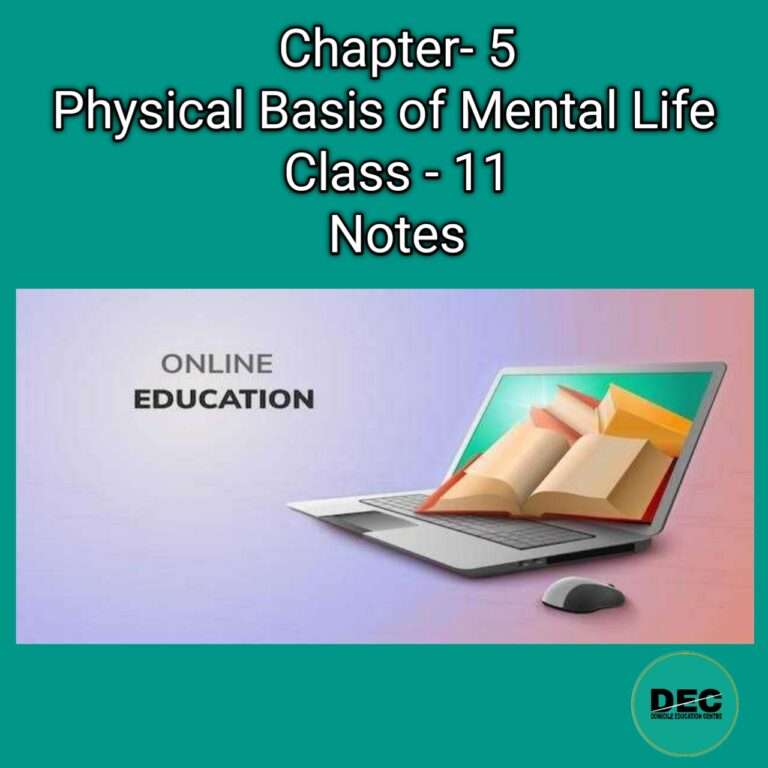
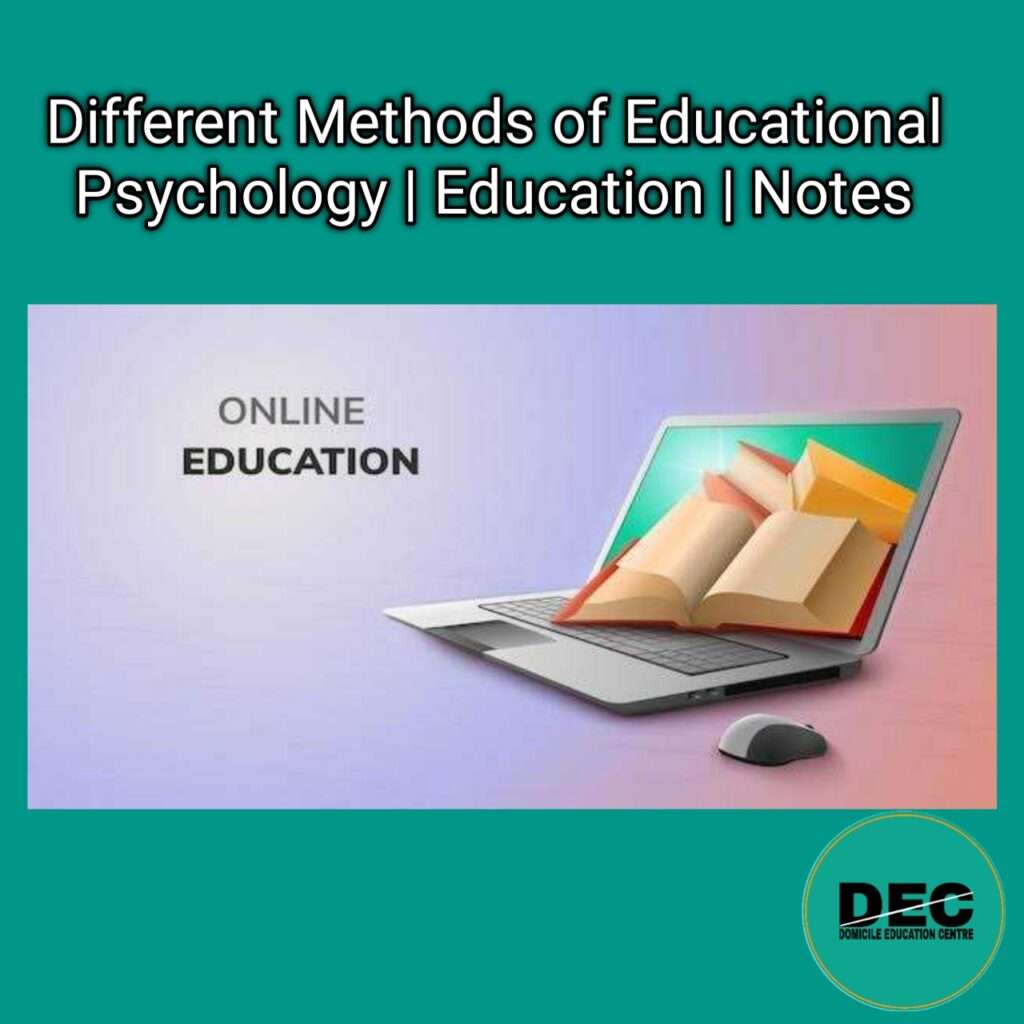
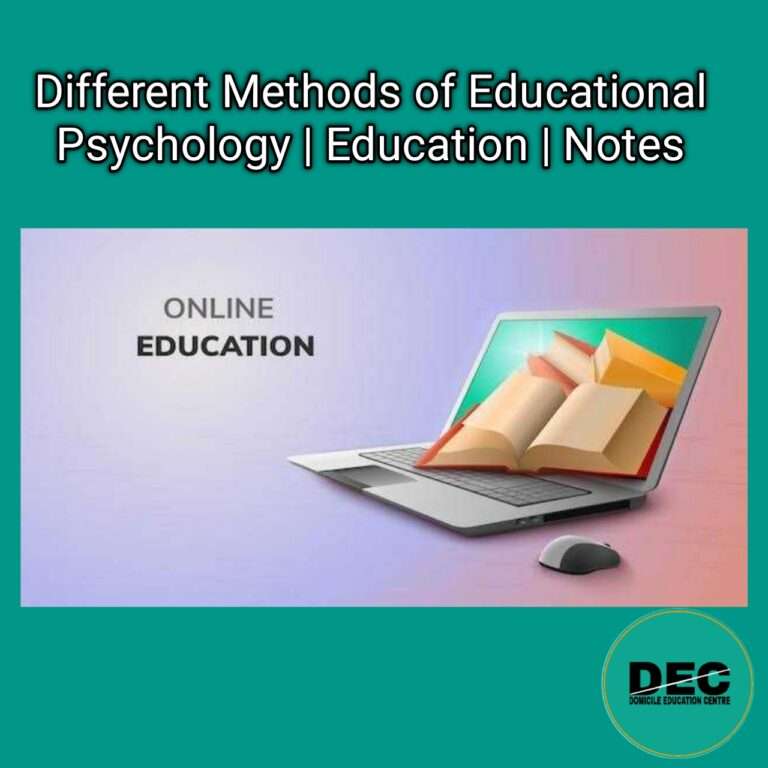
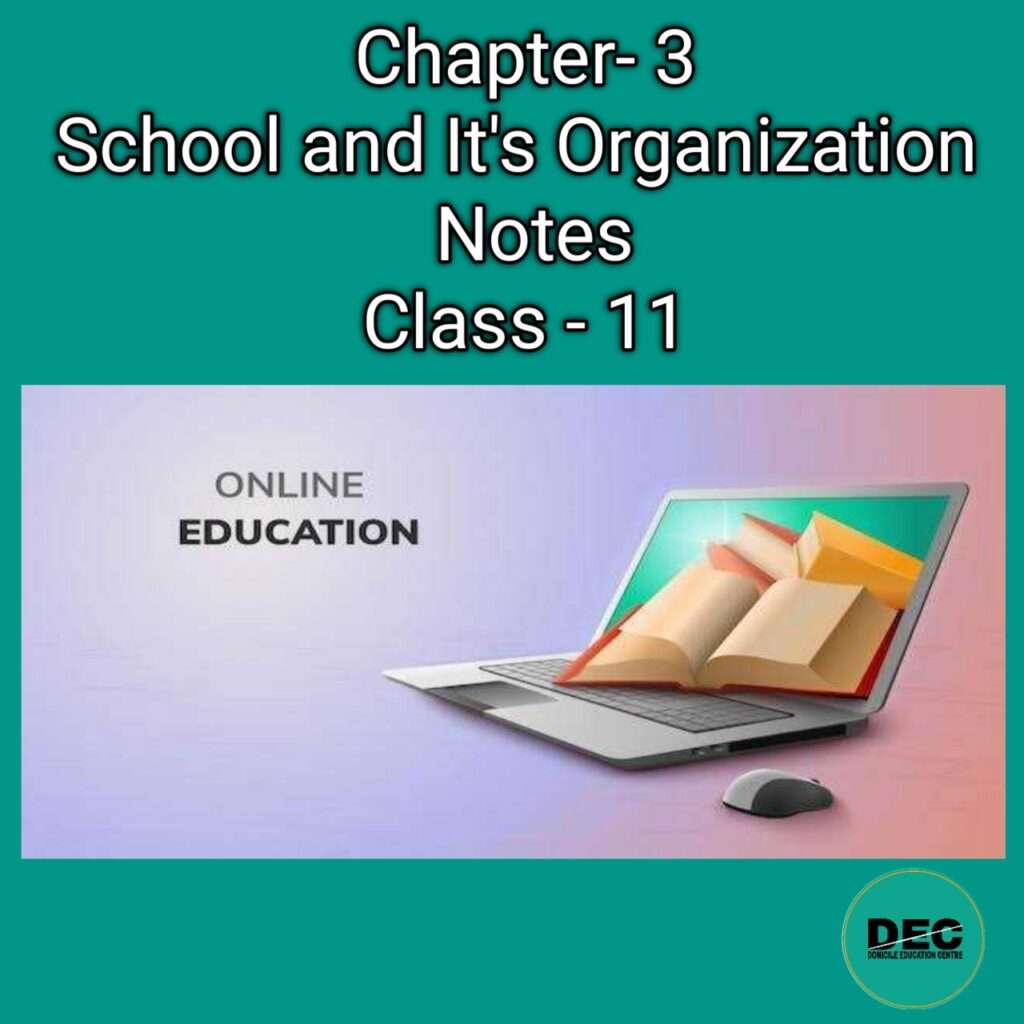
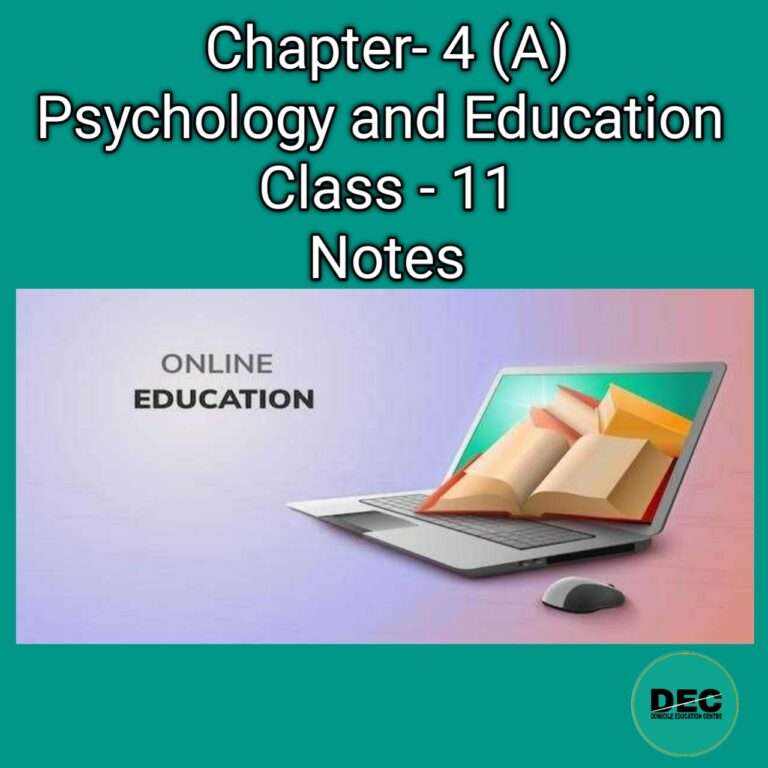
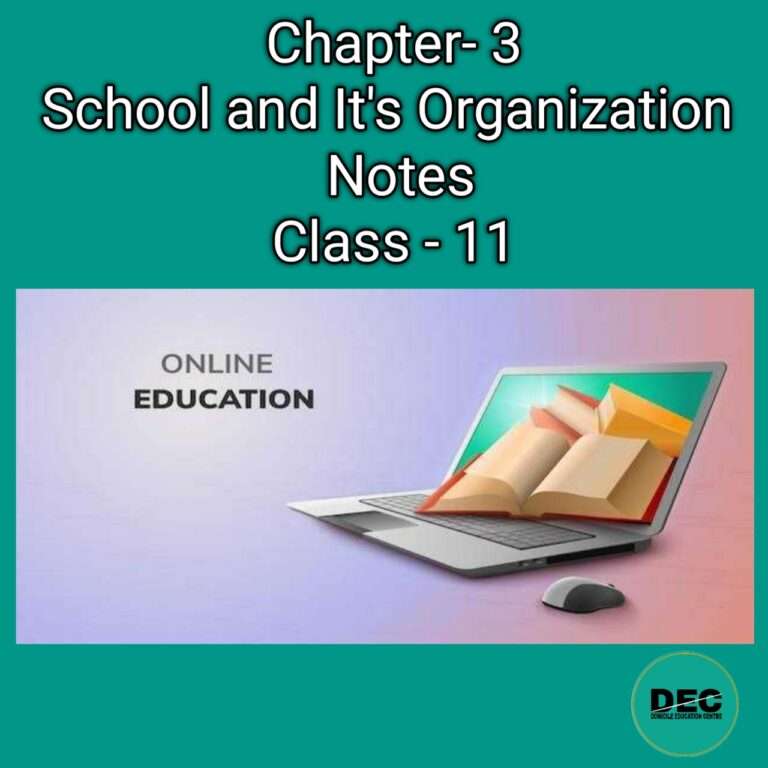
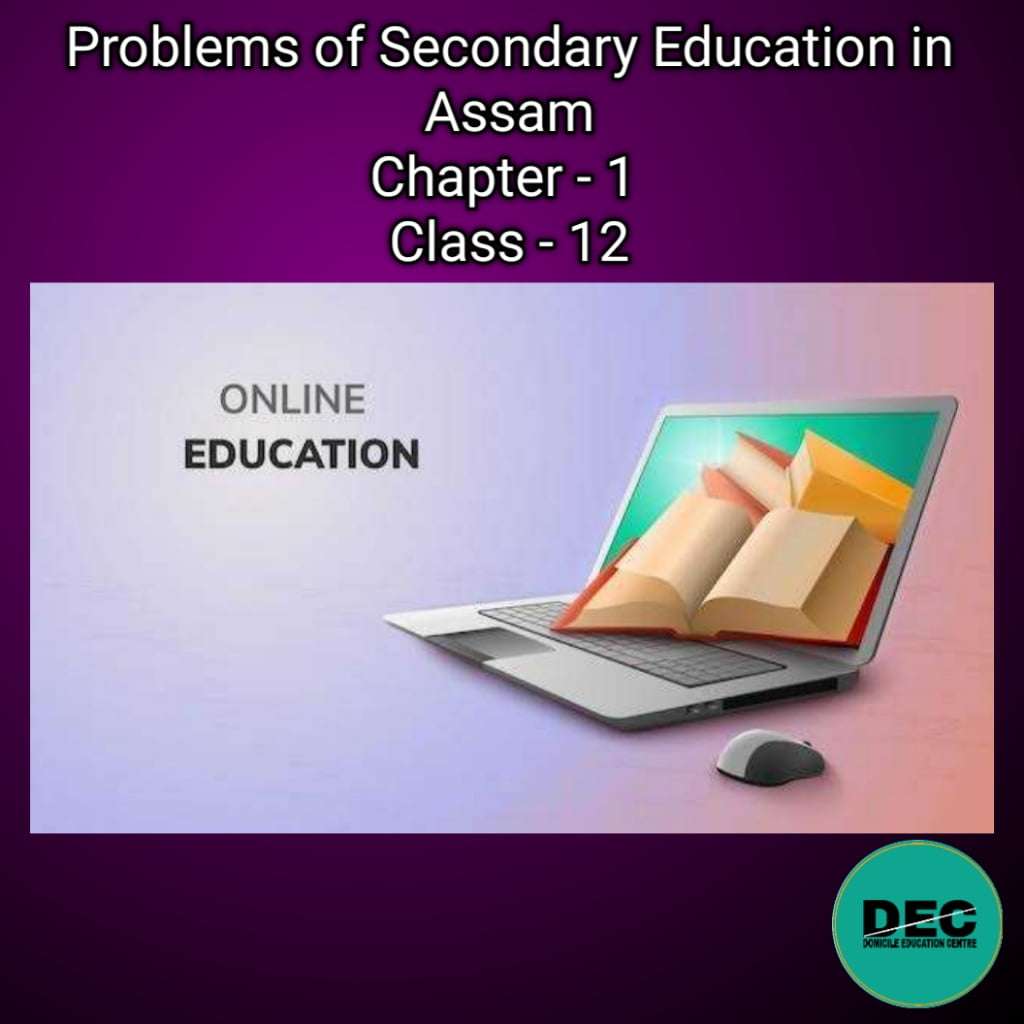


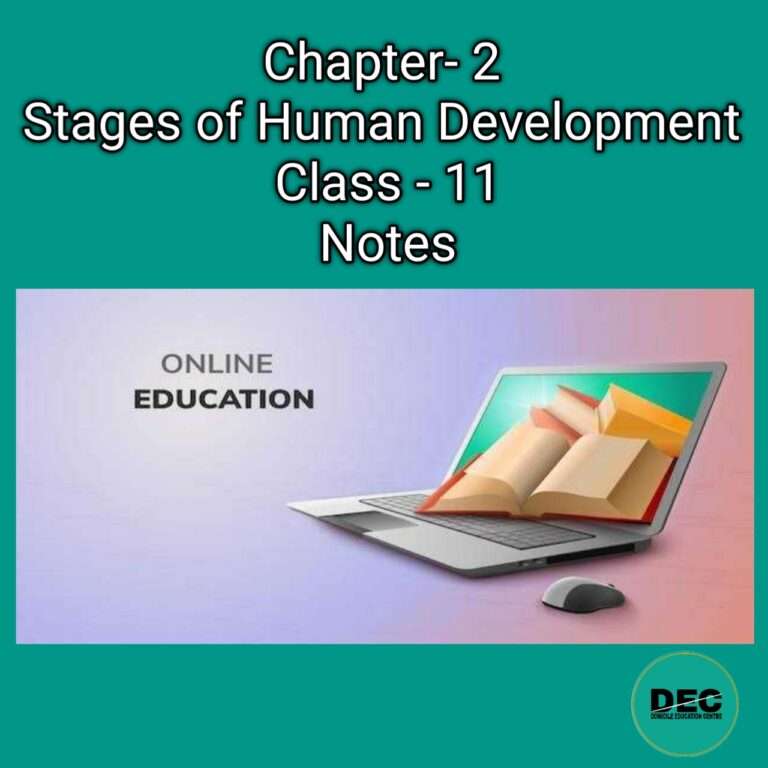
Recent Comments